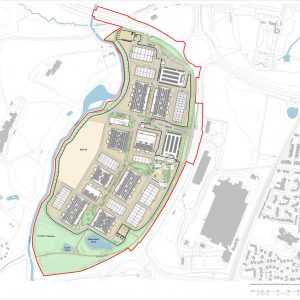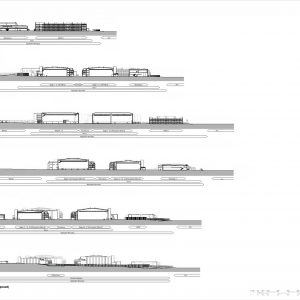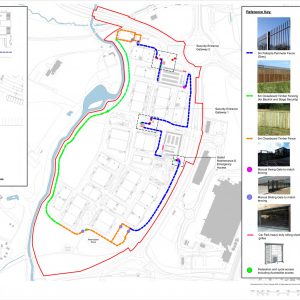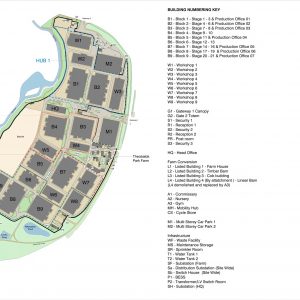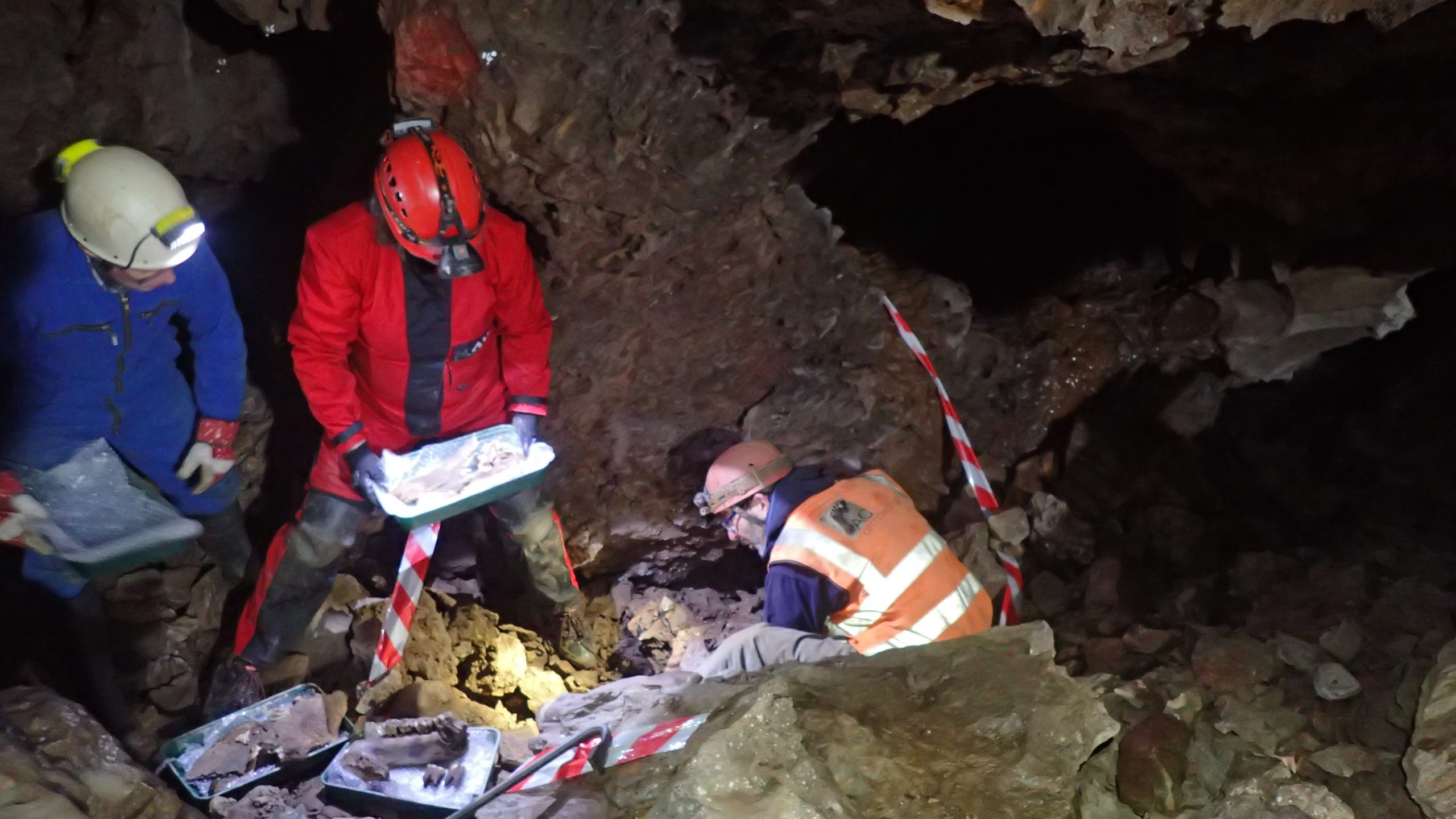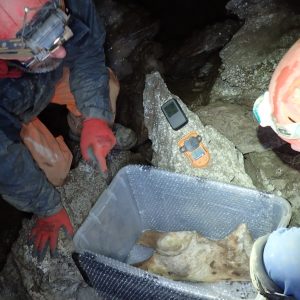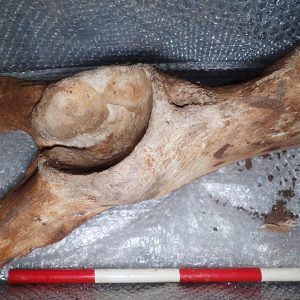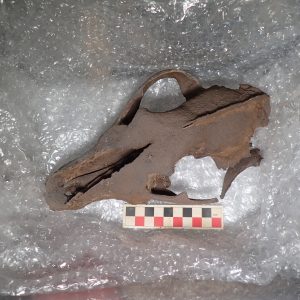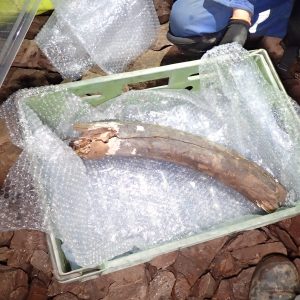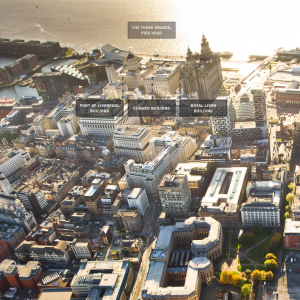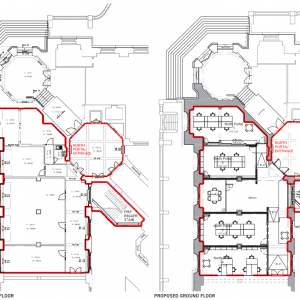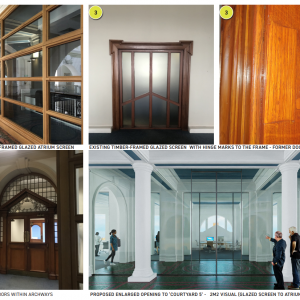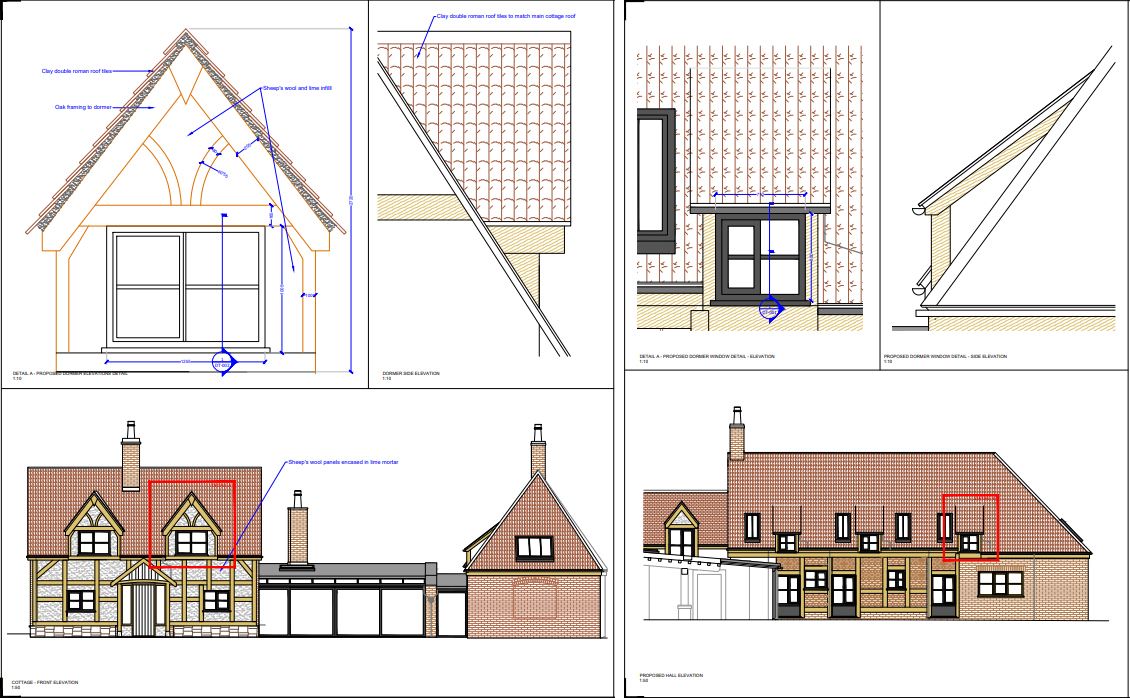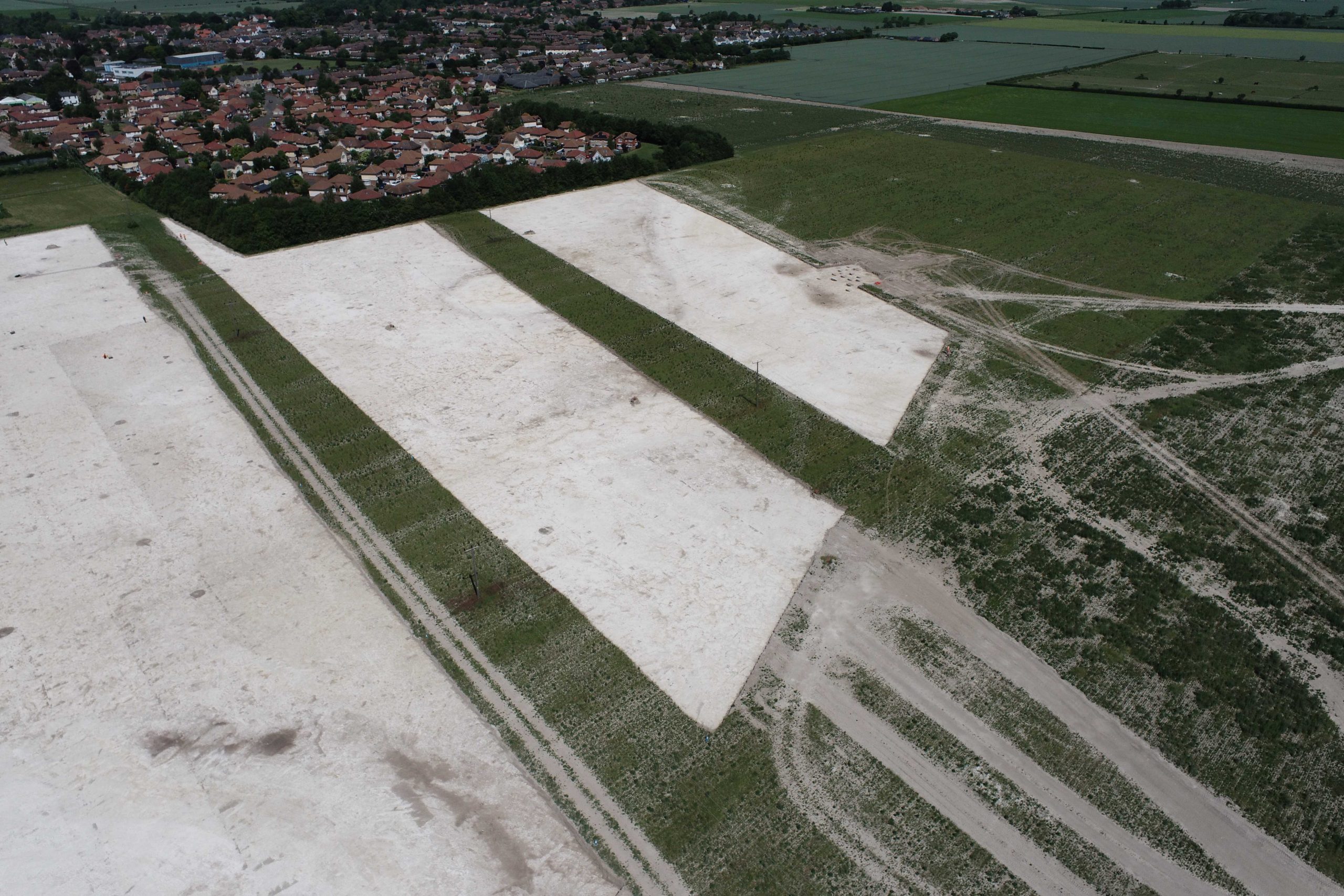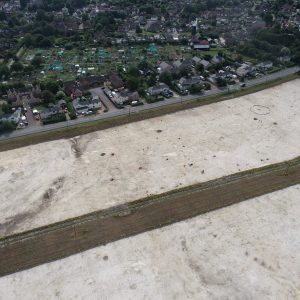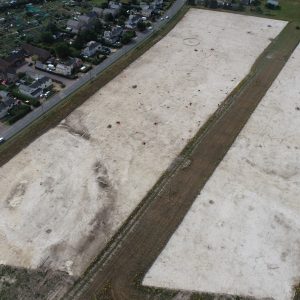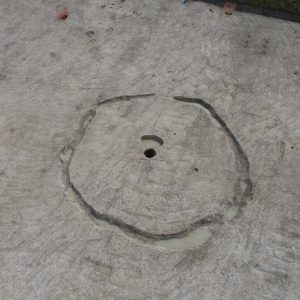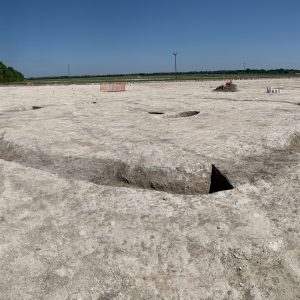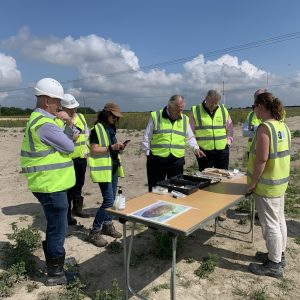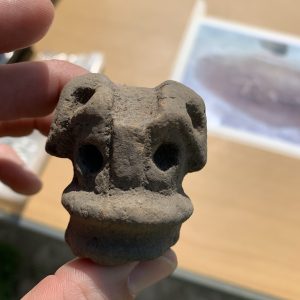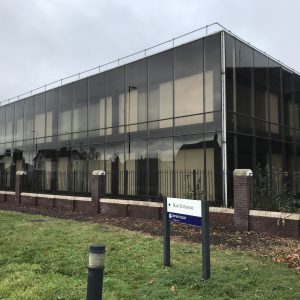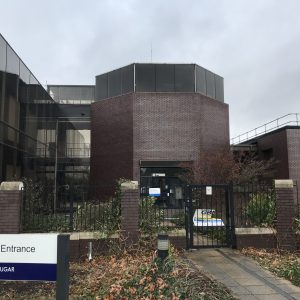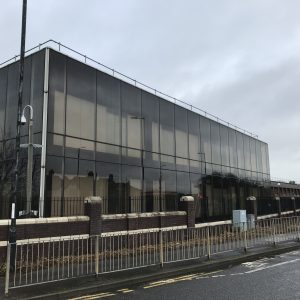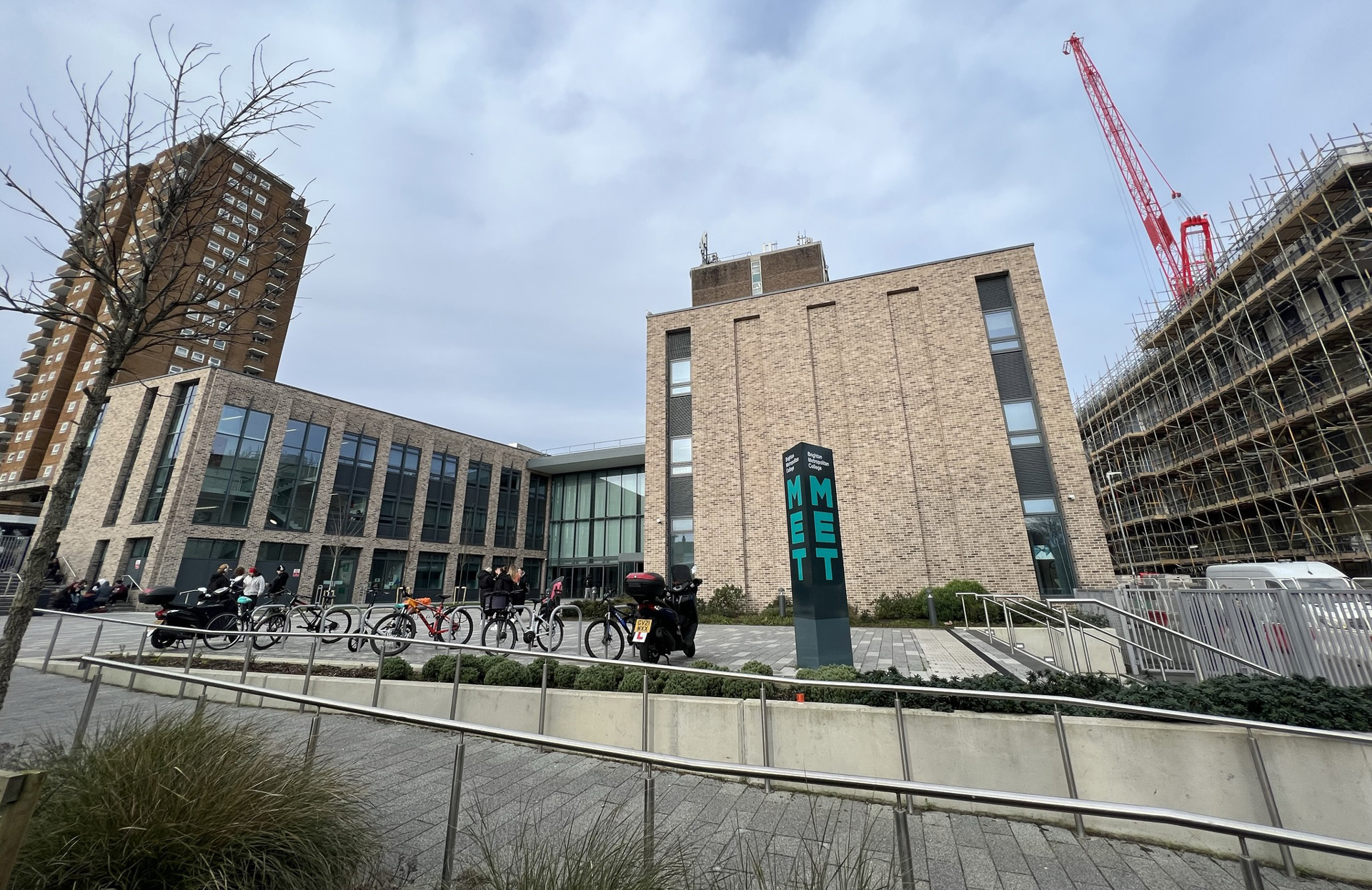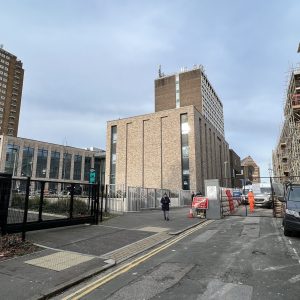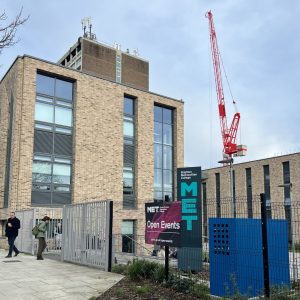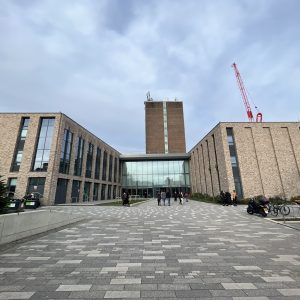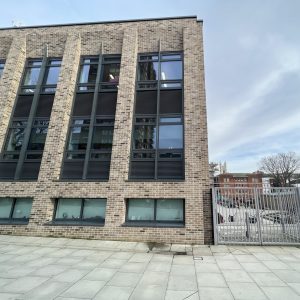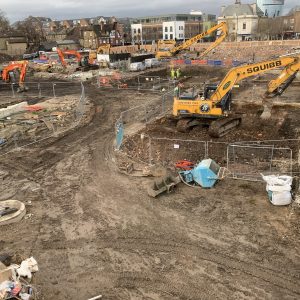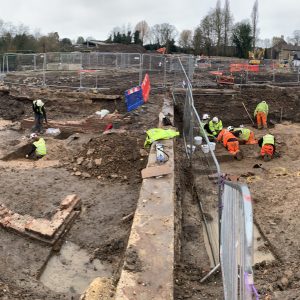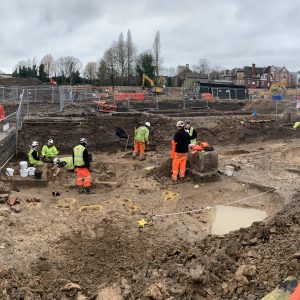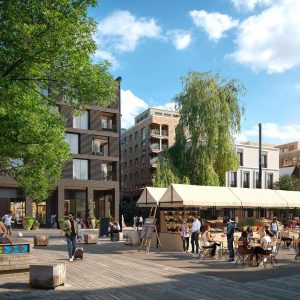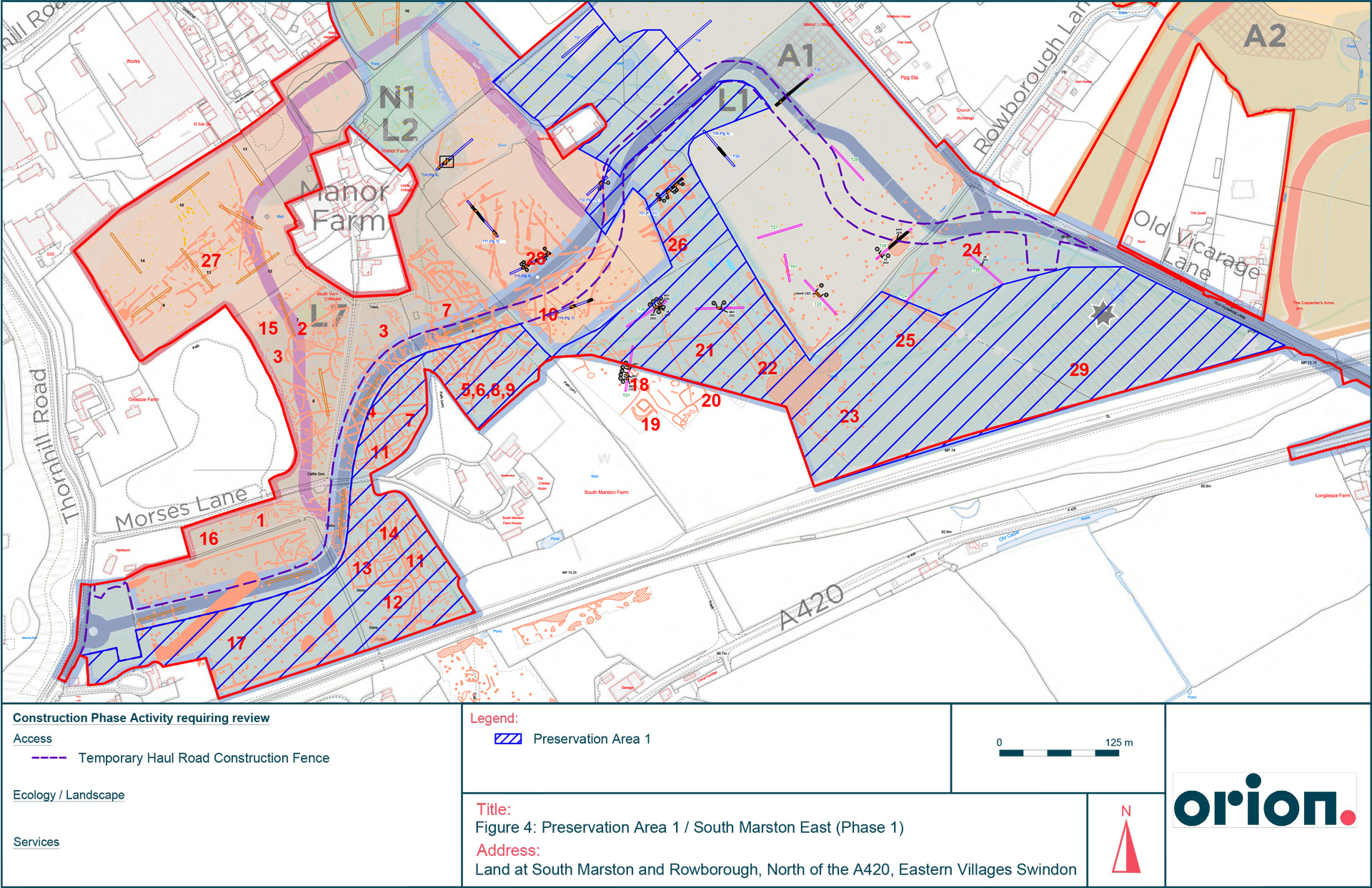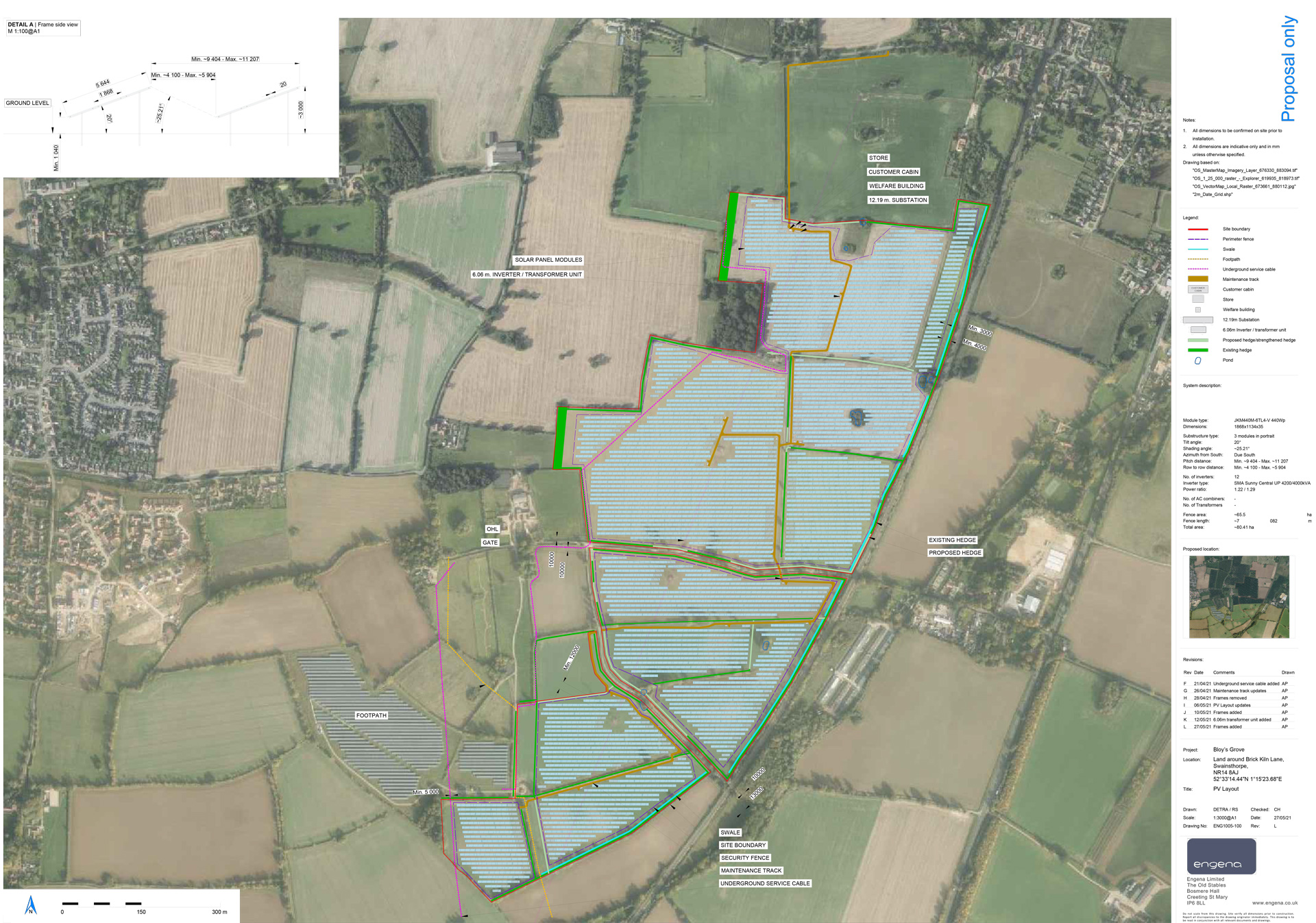Residential: Park Place, Cheetham Hill, Manchester
Client: Benjamin Property Company Ltd
Challenge
Orion Heritage’s client was proposing the demolition of the existing building followed by the construction of a part 25/part 15 storey residential building with ground floor commercial units and required the potential archaeological impacts to be assessed to support the planning application.
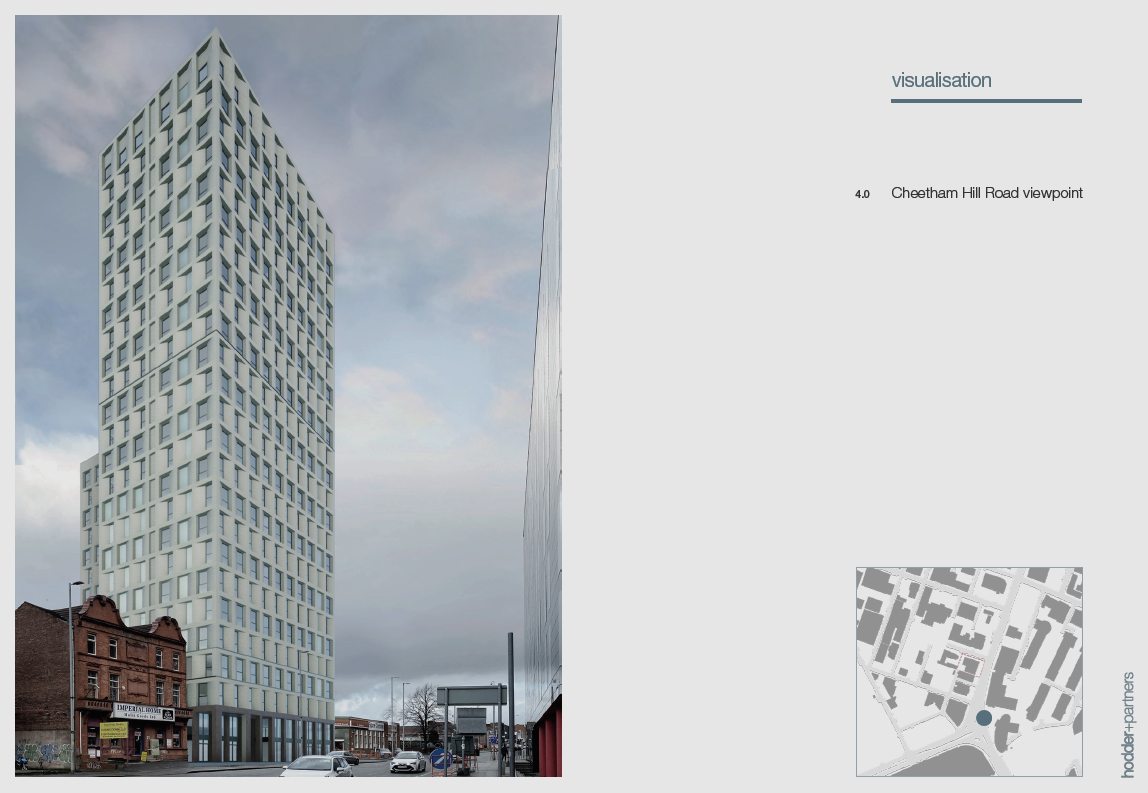
Approach
Orion Heritage undertook an archaeological desk-based assessment to establish the possible impact of the scheme. Our expert research established that the site had low potential for prehistoric, Roman, Saxon and medieval remains and high potential for post-medieval archaeology. Our research established that should any previously unrecorded archaeology be present, such remains would be of low/local significance. Orion’s research also established that the construction and subsequent demolition of a 19th century synagogue, clothing factory and a retail unit would have resulted in the removal of below ground archaeological remains that may once have been present on site.
Outcome
Our rigorous research enabled the assessment to establish that even if the site had once contained archaeological remains, they would have been removed by previous land uses of the site and consequently, the proposed development would have no archaeological impacts. Detailed consultation was undertaken with Manchester City Council’s archaeological advisor who conformed that no further archaeological work would be necessary in support of the planning application or as a condition of planning permission.


